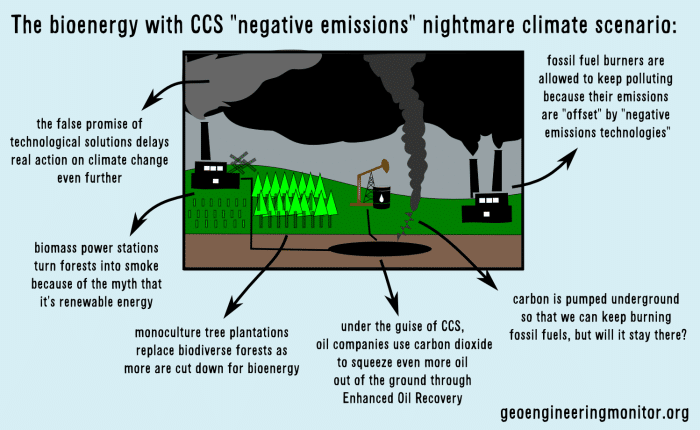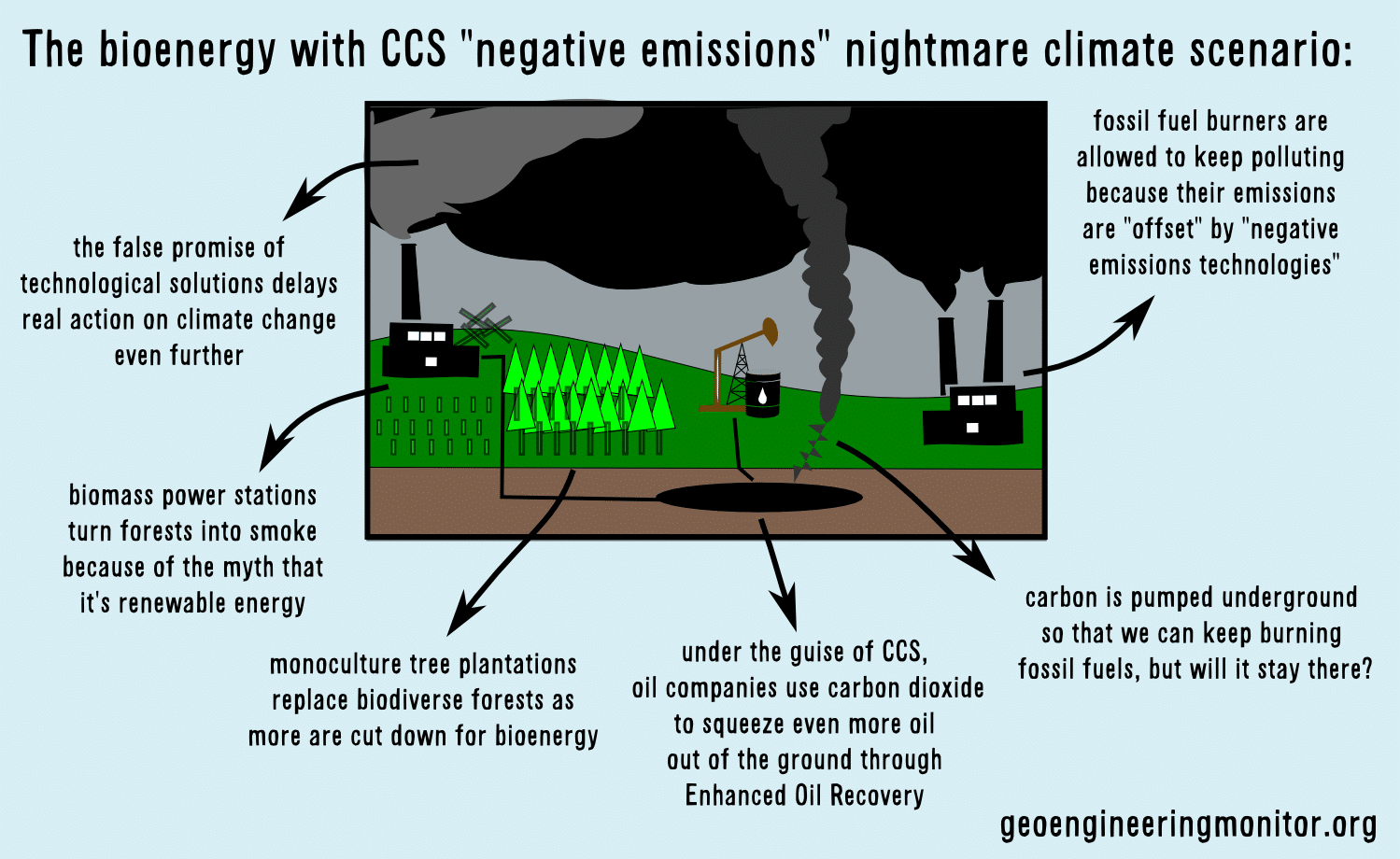
“…with just a little help from philanthropists, large-scale carbon removal (negative emissions) businesses stand poised to prosper in the not-too-distant future — in turn helping to make our long-term climate goals a reality…Carbon removal is critical to make the climate math add up, but often is missing in action.”
The article tells us how the IPCC’s 4th Assessment Report shows that Paris agreement’s climate goals present a large market opportunity, owing to the fact that the vast majority of scenarios that see the world hitting the 2 degree target will involve carbon dioxide removal, or negative emissions technologies.
It concludes with the statement: “The bottom line is that philanthropies stand at the door of a large opportunity around carbon removal. By opening the carbon removal conversation today, philanthropies can begin to unlock the economic, environmental and social value of the carbon removal industry of the future.”
The content for the article comes from a new report from the Center for Carbon Removal “PHILANTHROPY BEYOND CARBON NEUTRALITY” in which it sets out the case for an increased flow of funding towards projects considered to be Carbon Dioxide Removal (CDR), as a way of stimulating the growth of the sector, and building towards commercially viable markets for the products of the industry.
The report, armed with the belief that first the IPCC and now the Paris Agreement have turned CDR and negative emissions technologies into an international imperative, aims to make it clearer to philanthropies what CRD proposals are available to be funded, and where future funding could be aimed to make an impact.
The report is revealing – though not necessarily for the reasons that its authors claim.
Interspersed with pearls of wisdom copied from various twitter feeds (including: “Removing CO2 from the atmosphere is and can be valuable”), a decent analysis of the various CDR proposals, their value to climate mitigation, and scalability, is decidedly lacking. Amongst the supposedly viable CDR options are biochar, Bioenergy with Carbon Capture and Storage, direct air capture technologies, and mineral storage by extracting and spreading minerals such as silicates over large areas.
Ecosystem restoration and enhancement is also considered, which is potentially a powerful tool for effective climate action, though its relatively low level of current funding is not criticised.
Biochar and BECCS are the stand-out options for CDR funding though: biochar accounts for almost half of annual funding that is considered CDR or at least contributing to it, and BECCS takes the biggest slice of funding that could “help pave the way for carbon removal”, at more than a third.
Biochar has been roundly criticised for not living up to its hype, and has been shown to have very little potential as a positive climate solution (for more on this please see here).
BECCS similarly, under any degree of scrutiny, fails all of the key tests for being a genuine solution to climate change. The report wrongly states that bioenergy itself is low to carbon neutral, and that BECCS therefore results in carbon negative fuels. It also gives an example of funding for BECCS in action, citing the ADM Decatur ethanol fermentation plant in the USA, as an functioning example of the technology. But not even the plant’s operators, ADM, say that negative emissions are being achieved, due to the fact that fossil emissions involved in the ethanol fermentation process exceed the amounts of CO2 currently being captured.
The report does knowledge that the likely impacts of CRD technologies on ecosystems and communities are largely unknown, and that many face significant barriers to scalability, such as land requirements competing with food production, or simply on a technological level where working examples just don’t exist. It does also state that CRD shouldn’t get in the way of efforts to reduce emissions in the first place, or be seen as a substitute for drastic emissions reductions. Despite this though, it still touts fairytale technologies to potential funders as if they were proven solutions to climate change, which is deeply irresponsible.
The report tries to mask pro-industry opportunism for a genuine commitment to solving the climate crisis:
“The opportunities created by carbon removal — which span industries including forestry, agriculture, energy, manufacturing, and mining — hold the potential to foster new political coalitions that can increase pressure on politicians to pick up the pace on comprehensive climate action.”
In doing so, it only reinforces the “business-as-usual” scenario, keeping us firmly on the path to catastrophic climate change.



